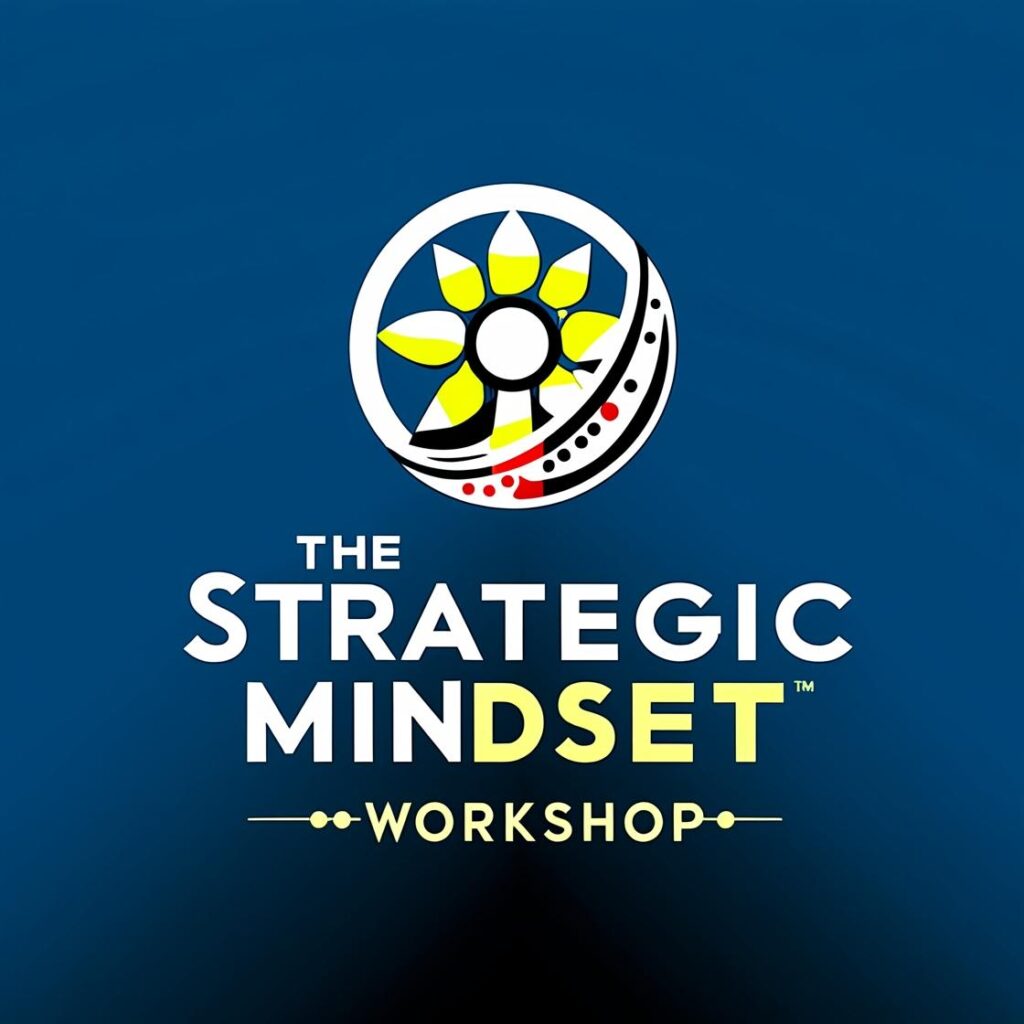Have you ever stared at a blank screen, hoping inspiration would show up—and nothing came?
You feel the pressure to create, to solve, to innovate… but your brain just gives you a big, flat “wala.”
You’re not lazy. You’re not unqualified. You’re just tired—and stuck.
If you’re a Filipino professional, supervisor, or manager, you probably carry the weight of both doing the work and figuring out new ways to do it better. That’s a heavy load. And when creativity is treated like a luxury instead of a necessity, it becomes even harder to access.
I know the feeling.
I Thought I Had to Be in the “Right Mood” to Be Creative
In 2012, I was leading a strategy session with a team from a mid-sized logistics company in Cavite.
They wanted new ideas to expand into regional markets but said, “Sir, wala na kaming maisip. Naubos na yata utak namin.” (We’re out of ideas. Our brains are spent.)
So we stopped. We didn’t push.
Instead, I walked them through a short exercise—nothing fancy. Just five steps that rewired the way their brains were approaching the problem.
Thirty minutes later, the team was alive.
Ideas flowed.
One even said, “Parang bumalik ‘yung gana ko mag-isip.”
That moment stuck with me.
It proved a belief I’ve held ever since:
Creativity isn’t something you wait for. It’s something you train for.
The Belief That Keeps You Stuck
Most professionals believe creativity is about talent or timing.
“I’m not the creative type.”
“I need more time to think.”
“Maybe I’m just not in the mood.”
But here’s the shift:
Creativity isn’t a moment—it’s a state. And you can create that state on purpose.
What Science Says About Your Brain on Creativity
According to a 2018 study published in Trends in Cognitive Sciences, creativity involves what’s called “cognitive flexibility”—your brain’s ability to switch between different ways of thinking. Not just focus, but flexibility. Not just deep work, but playful work.
When we’re under pressure, our brains go into survival mode.
We narrow our focus. We look for the “right” answer fast.
But creativity needs space, movement, and unexpected input.
In short:
If your brain is tired, tense, or overloaded—you can’t be creative.
You don’t need more inspiration.
You need better conditions.
Try These 5 Steps to Prime Your Brain for Creative Thinking
These steps are simple, but don’t mistake them for soft. They work—especially when done deliberately.
1. Step Away from the Task
Before you solve, detach.
Even 10 minutes of movement—walking, stretching, breathing—frees your brain from tunnel vision.
Think of it as unlocking the cage.
2. Switch Contexts, Not Just Locations
Change your inputs.
If you’re solving a logistics problem, read about architecture.
If you’re planning a leadership training, watch a TED Talk on psychology.
Creativity comes from cross-pollination.
3. Ask “What If” Instead of “How”
“How” questions seek answers. “What if” questions seek possibilities.
What if we cut the process in half?
What if we let customers design the product?
“What if…” removes pressure and invites play.
4. Write Down the Bad Ideas First
Yes, the bad ones. The silly ones. The embarrassing ones.
Because when you remove the fear of being wrong, the mind opens.
And often, your tenth “bad” idea turns into the breakthrough.
5. End with a Challenge, Not a Deadline
Before you sleep, pose a creative challenge to your brain.
Instead of “I need this by 9 AM,” say, “Let’s find 3 new angles by morning.”
Your subconscious works while you rest—if you invite it to.
One More Thing (And a Bigger One Coming)
The most creative leaders I’ve worked with aren’t the most talented.
They’re the most trained.
They treat creativity like a muscle.
They don’t wait for it—they work on it.
Now imagine a team where everyone thinks this way.
That’s what I want to explore next.
What if creativity wasn’t limited to the few—but designed into your team’s culture?
Let’s talk about that soon.
For now, try the five steps.
Stretch your brain. Surprise yourself.
And maybe—just maybe—that “wala” becomes wow.


